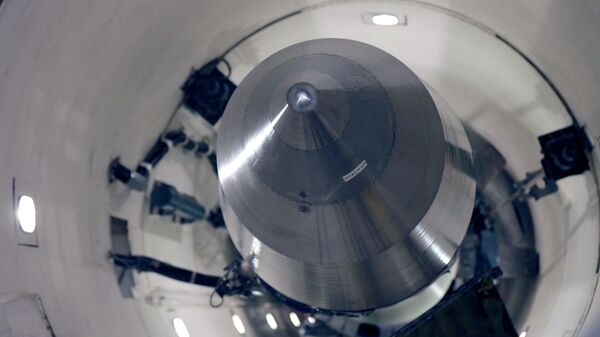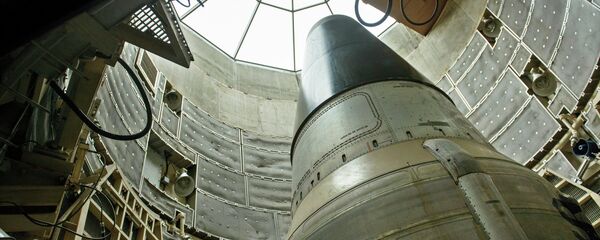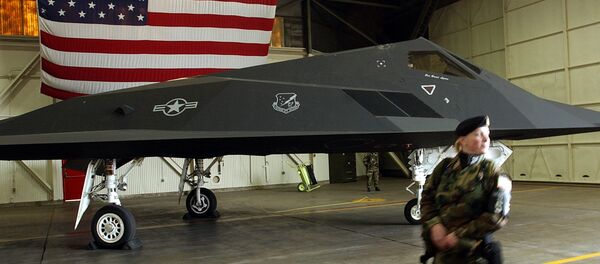The nuclear non-proliferation treaty – agreed to by both the US and Russia – calls on all signatories to further the goal of nuclear disarmament.
The Obama administration, however, has found a loophole in the agreement, and plans to funnel nearly $1 trillion into upgrading America’s nuclear arsenal. While these improvements include modifying nuclear-equipped ballistic missiles to make them more accurate, and installing adjustable yields to make nuclear bombs more practical, the US maintains the moves are aimed at sustaining current stockpiles, and are not, technically, upgrades.
It sounds to some a lot like Washington reigniting an old-fashioned Cold War arms race, but the Pentagon insists that this isn’t the case.
"The Cold War playbook…is not suitable for the 21st century," US Defense Secretary Ashton Carter told NATO allies last year, according to the Intercept.
But according to the Obama administration’s new defense budget, the US nuclear modernization is explicitly meant to deter Russian "aggression."
"We are countering Russia’s aggressive policies through investments in a broad range of capabilities…[including] our nuclear arsenal," the budget reads.
This falls in line with statements made by Brian McKeon, the principal deputy undersecretary of defense for policy, in December 2015.
"We are investing in the technologies that are most relevant to Russia’s provocations…to both deter nuclear attacks and reassure our allies."
Those "provocations" refer to Russia’s alleged invasion of Ukraine, an assertion that Russia has repeatedly denied and for which the United States has provided no evidence. US officials also cited Russia’s "invasion" of Crimea, ignoring the fact that the peninsula voted to rejoin Russia in a referendum in which over 96% of the local citizenry approved.
The plan has received fierce criticism from those concerned that the US is pushing the world toward nuclear war.
"The United States is on the cusp of launching an unnecessary, expensive, and potentially dangerous plan to modernize its strategic nuclear forces, helping stimulate what is being called a 'new nuclear arms race,'" Professor Gordon Adams and Richard Sokolsky writes for Defense One.
"The United States can deter any country from using nuclear weapons against America and its treaty allies with a nuclear force that is far smaller, less destabilizing, and less expensive than the one the Pentagon is planning to build."
Criticism is unlikely to derail the project at this point. Most of the contracts have already been signed, including an estimated $100 billion deal with Northrop Grumman to develop the Pentagon’s new long-range bomber, designed to deliver a nuclear payload.





